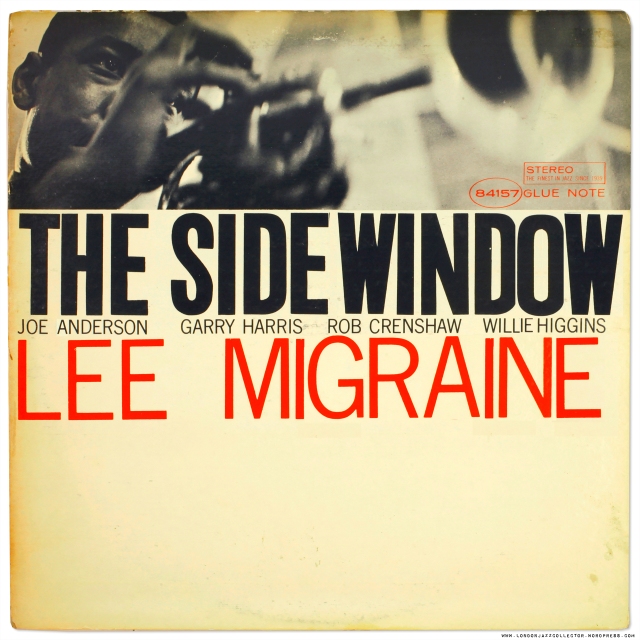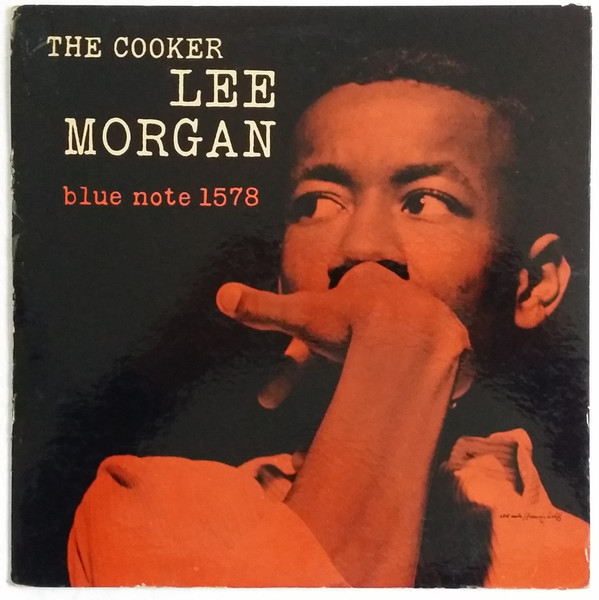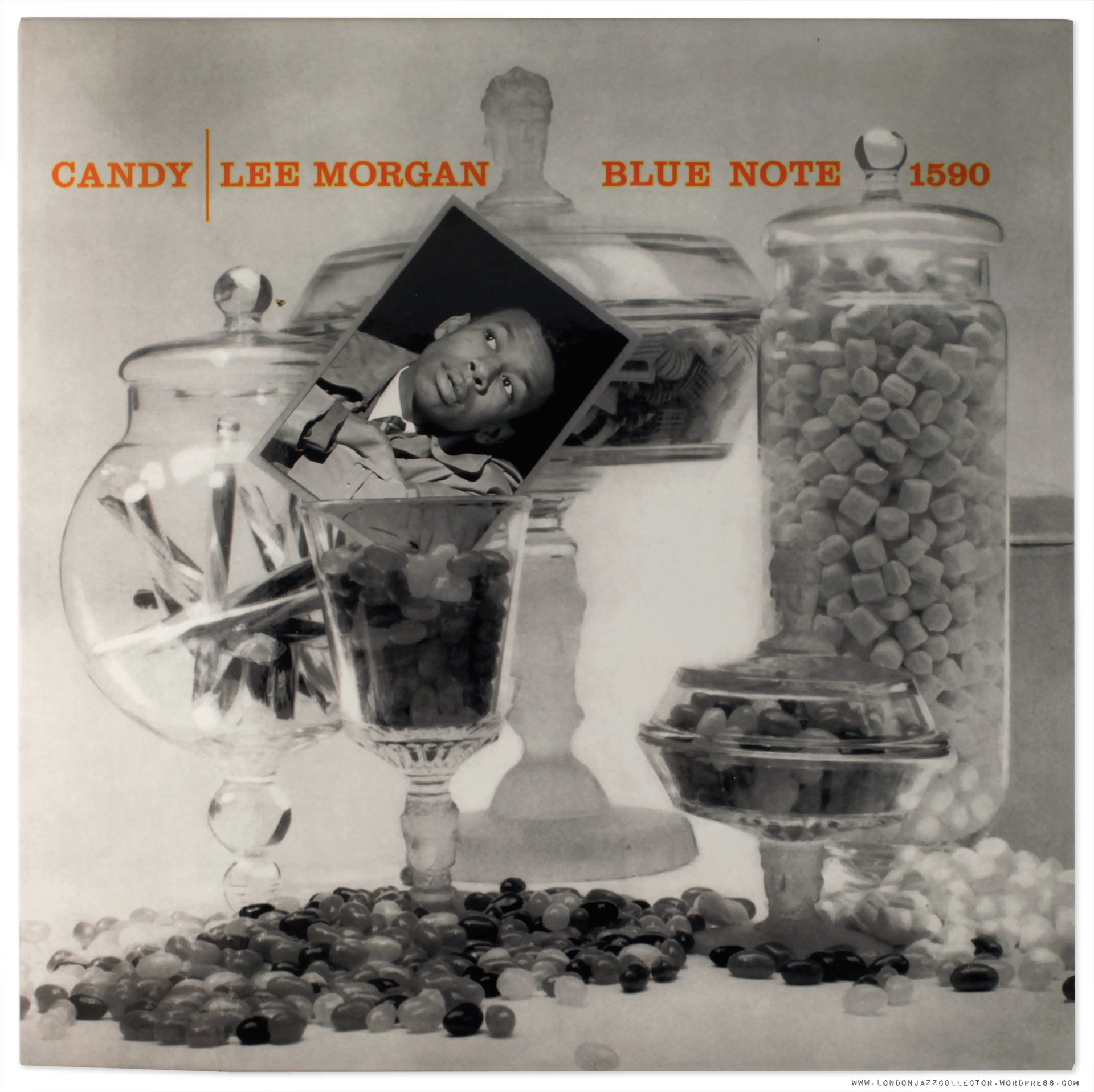Best Lee Morgan Albums
Lee Morgan, a prolific jazz trumpeter, left an indelible mark on the world of music with his innovative compositions and unparalleled trumpet skills. This blog will delve into some of his best works, focusing on the albums that showcase Morgan's versatility, creativity, and impact on the jazz scene.

- The Sidewinder (1964)

"The Sidewinder" is not just an album; it's a phenomenon that transformed Lee Morgan into a household name. Recorded at the Van Gelder Studio in 1964, this masterpiece became Blue Note's best-selling record, rescuing the label from financial turmoil. The title track, a 24-bar theme, is Morgan's best-known composition, a jazz standard that reached number 81 on the Billboard Hot 100. Its unexpected success led to a unique approach in Morgan's subsequent albums, attempting to replicate the magic of "The Sidewinder."
The Penguin Guide to Jazz crowned "The Sidewinder" as part of its suggested "Core Collection," praising its sinuous and stinging theme. Despite the tragic events that followed in Morgan's life, the album's significance endures. Scott Yanow, in his essay on "Hard Bop," identifies it as one of the 17 Essential Hard Bop Recordings.
- The Cooker (1957)
If you are interested in learning music check out our Music Lessons in Tempe.

Recorded when Morgan was just nineteen, "The Cooker" is a testament to his early bebop virtuosity. Released in 1958, it features Morgan's original compositions, marking a departure from Benny Golson's contributions. With a quintet that includes saxophonist Pepper Adams, the album showcases Morgan's clipped notes, upward slurs, and triple-tonguing, establishing trademarks that would define his style.
Scott Yanow's AllMusic review hails Morgan's remarkable performance, ranking him just below Dizzy Gillespie and Miles Davis. The album's frequent double time improvisational lines highlight Morgan's bebop prowess.
- Cornbread (1965)

Released in 1967, "Cornbread" solidifies Lee Morgan's status as a formidable jazz composer and exemplary trumpet player. Despite being overshadowed by the commercial success of "The Sidewinder," the album is a gem featuring tracks like 'Ceora,' which has become a jazz standard.
"Cornbread" captures Morgan's graduation to 'formidable' jazz composer status. Tracks like "Ceora" showcase his ability to create timeless jazz standards.
- Search for the New Land (1964)

Recorded in 1964 but released two years later, "Search for the New Land" precedes the iconic "The Sidewinder." Described by Scott Yanow as one of the finest Lee Morgan records, it reached #16 on Billboard's "Black Albums" chart and #143 on "Pop Albums."
The album features Morgan alongside regular Blue Note sidemen, including Wayne Shorter, Herbie Hancock, Grant Green, and more. Its diverse track listing, from the title track to "Morgan the Pirate," showcases Morgan's ability to explore various musical landscapes.
- Candy (1957-1985)

Recorded in two sessions in 1957 and 1958, "Candy" is a delightful exploration of Lee Morgan's technical marvel and sweet tone. Featuring rhythm section Sonny Clark, Doug Watkins, and Art Taylor, the album includes notable tracks like "Candy," "C.T.A.," and "All the Way."
Stacia Proefrock's AllMusic review praises Morgan's tone as sweet and his playing as infused with joy and crisply articulated emotion. The album highlights Morgan's talents as a trumpeter and his adept interpretation of songs like "Since I Fell for You" and "C.T.A."
Edward Lee Morgan, born on July 10, 1938, in Philadelphia, Pennsylvania, emerged as one of the key hard bop musicians of the 1960s. His journey in the world of jazz began in his late teens, recording with luminaries like John Coltrane, Curtis Fuller, Dizzy Gillespie, Hank Mobley, and Wayne Shorter. Morgan's early years were marked by his association with Art Blakey's Jazz Messengers, a pivotal experience that shaped his soloist and composer talents.
Morgan's musical prowess extended beyond the conventional boundaries of hard bop. His solo recordings showcased a dynamic range, alternating between traditional hard bop sessions and avant-garde experiments, pushing the boundaries of post-bop jazz. His versatility allowed him to navigate diverse musical landscapes, contributing to a catalog that encompassed both mainstream and experimental jazz.
"The Sidewinder," a composition on the album of the same name, marked a turning point in Morgan's career. The unexpected success of this track, a crossover hit on pop and R&B charts in 1964, propelled Morgan into the mainstream spotlight. Despite his more avant-garde pursuits, Morgan found commercial success with a distinctive "boogaloo" beat. The tune's popularity led Blue Note to encourage other artists to emulate its style, resulting in Morgan himself revisiting the formula with compositions like "Cornbread" and "Yes I Can, No You Can't."
Morgan's affiliation with Art Blakey's Jazz Messengers was instrumental in honing his skills as a soloist and composer. Collaborating with jazz greats like Wayne Shorter, Bobby Timmons, and Jymie Merritt, Morgan contributed to several iconic albums, including "Moanin'" and "A Night in Tunisia." His departure from the band in 1961, attributed to drug problems, marked a phase of challenges and a return to his hometown, Philadelphia.
The 1960s witnessed Morgan's prolific output, with albums like "Search for the New Land" reaching the top 20 of the R&B charts. His commitment to jazz activism became evident in the later years of his life, as he joined the Jazz and People's Movement, advocating for increased representation of jazz artists in media programs.
Tragically, Lee Morgan's life was cut short on February 19, 1972, at the age of 33. His common-law wife, Helen Moore, shot him at Slugs' Saloon in New York City's East Village. The circumstances surrounding his death were exacerbated by the delayed arrival of an ambulance due to heavy snowfall. Despite the untimely end to his life, Morgan's impact on jazz endures. His legacy is immortalized through his extensive discography, contributions to iconic albums, and a documentary, "I Called Him Morgan," which explores his life, love, ambition, and the glories of music.
If you like this check out our article: The Best Art Blakey Albums
